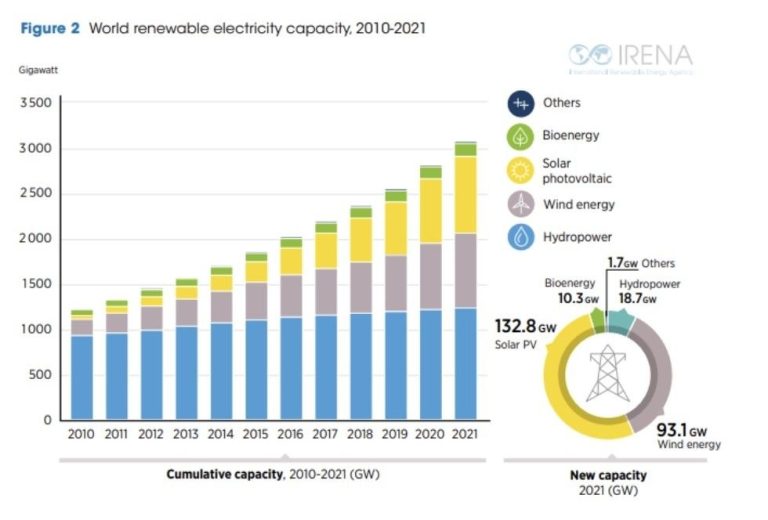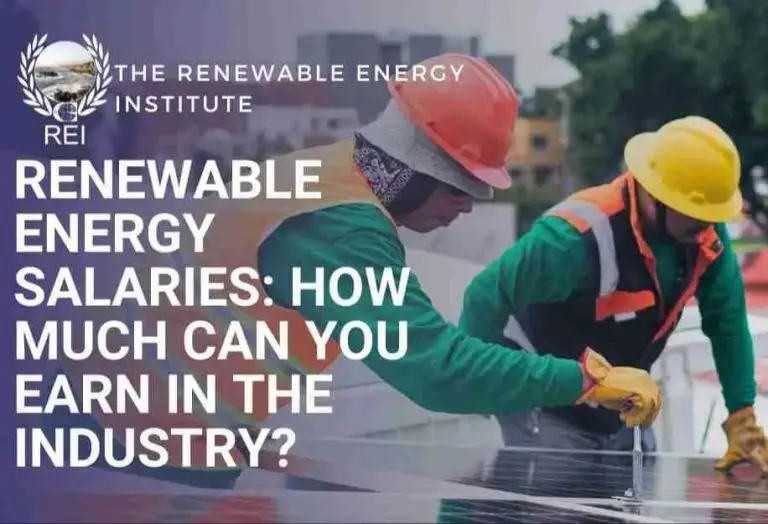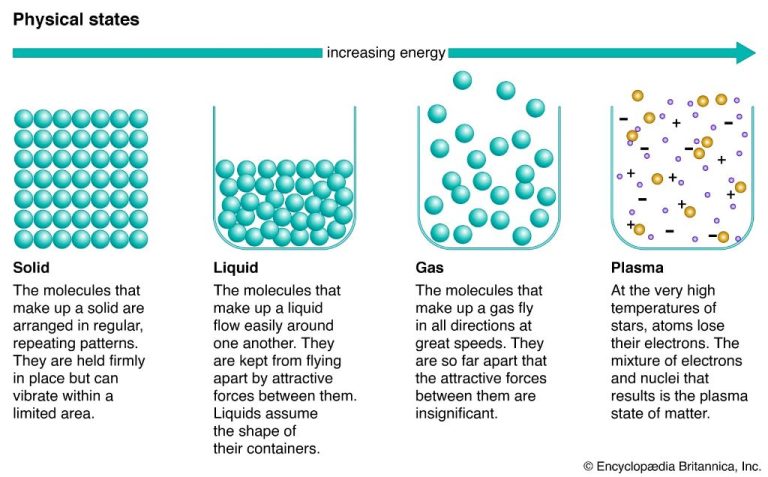Is Fusion Energy Limitless?
Fusion energy is a form of nuclear energy produced by smashing together light atomic nuclei to form heavier nuclei, a process that releases massive amounts of energy (DOE Explains…Fusion Energy Science). The goal of fusion energy research is to develop a safe, limitless, and environmentally responsible energy source for generating electricity. There is excitement around fusion energy because it offers the possibility of an almost inexhaustible source of clean power that does not emit greenhouse gases or long-lived radioactive waste.
However, there are significant scientific and technical challenges to achieving fusion energy. Creating and controlling the extreme conditions needed for fusion reactions on Earth – temperatures over 100 million degrees Celsius – has proven enormously difficult. After decades of research and experiments, fusion reactions have been created for just seconds at a time with input levels of energy far greater than the output energy yielded. The ultimate challenge is to make fusion reactions self-sustaining and energy producing on a commercial scale (What is Fusion, and Why Is It So Difficult to Achieve?).
How Fusion Energy Works
Nuclear fusion occurs when two light atomic nuclei combine to form a heavier nucleus, releasing a tremendous amount of energy in the process. This is the same process that powers stars like our Sun. Fusion differs significantly from nuclear fission, which is the splitting of heavier atoms into lighter ones.
The most promising fusion reaction for energy production involves fusing isotopes of hydrogen – specifically deuterium and tritium – to form helium. This reaction releases energy and neutrons. The neutrons can induce fission in materials like uranium and plutonium, releasing even more energy. Deuterium is abundantly available in seawater, while tritium can be produced during the fusion reaction as neutrons interact with lithium.
Fusion reactions require immense temperature and pressure to overcome the positive charges of atomic nuclei that make them naturally repel each other. Temperatures over 100 million degrees Celsius are needed to provide enough energy to overcome this repulsion. The sun’s core provides the immense gravity and temperature needed for fusion reactions to occur naturally.
On Earth, scientists use powerful magnetic fields to contain and compress the fusion fuel to the extreme densities required. The fields confine the hydrogen plasma away from material surfaces that would melt if they came in contact. Sophisticated vacuum and cooling systems are required to enable the superconducting magnets to produce these fields without overheating.
The Promise of Limitless Energy
If fusion energy can be harnessed at scale, it holds the potential to provide virtually limitless clean energy with several key benefits.
First, fusion fuel is abundant and widespread. Deuterium can be extracted from seawater, while tritium can be produced from lithium, which is found in the earth’s crust and seawater. According to ITER, there is enough deuterium fuel in the ocean to provide energy for billions of years.
Second, the fusion reaction itself is intrinsically safe. It does not create significant radioactive waste or the risk of a meltdown like nuclear fission. Fusion only produces helium, which is inert and non-toxic. According to Culham Centre for Fusion Energy, the radioactive waste from fusion is orders of magnitude less than fission.
Finally, fusion emits no greenhouse gases or air pollution. The only byproducts are helium and neutron radiation, which can be contained by the reactor vessel. This makes fusion an extremely clean form of energy production. If realized at scale, fusion could provide carbon-free baseline energy to displace fossil fuels and significantly reduce greenhouse gas emissions.
In summary, fusion holds the promise of virtually unlimited energy with minimal safety risks, radioactive waste, and environmental impacts. Realizing this potential could provide clean baseload energy for future generations.
The Challenges Facing Fusion
Fusion energy presents immense scientific and engineering challenges that need to be overcome before it can become a viable energy source. The fundamental challenge is creating and sustaining the conditions for fusion. According to the IAEA, temperatures over 100 million degrees Celsius are needed to initiate fusion reactions (IAEA, 2021). The sun uses its immense gravitational pressure to create these extreme temperatures, but mimicking such conditions on Earth is tremendously difficult.
To achieve net energy from fusion, the fusion reactions must produce more energy than the energy required to heat the fuel and operate the reactor (GAO, 2023). Designing reactors that can confine the plasma, heat it to fusion temperatures, sustain the reaction, and extract the energy in a cost-effective manner is an enormous undertaking. The plasma and materials inside the reactor also experience intense neutron radiation which can damage the materials over time.
Developing materials that can withstand these harsh conditions for long durations remains one of the greatest challenges. The viability of fusion as an energy source depends on materials that can endure decades of use under extreme heat and neutron fluxes. Overcoming these scientific and engineering obstacles will require continued research, innovation, and likely significant public and private investment.
Major Fusion Experiments
There are several major fusion experiments around the world aiming to demonstrate the feasibility of fusion energy. The largest international project is ITER, based in southern France. ITER is an experimental tokamak reactor supported by China, the European Union, India, Japan, Korea, Russia and the United States. The goal of ITER is to generate 500 MW of fusion power from 50 MW of input heating power, with a Q value of 10. Construction of the ITER facility began in 2013 and first plasma is planned for 2025 (ITER website).
In the United States, the National Ignition Facility (NIF) focuses on inertial confinement fusion using lasers. NIF recently achieved a major breakthrough by igniting a fusion reaction that briefly sustained itself, generating more energy than was applied (Reuters). This is an important step towards ignition and energy gain needed for fusion energy. The next phase of experiments will focus on increasing fusion energy output.
Germany hosts the Wendelstein 7-X stellarator at Max Planck Institute for Plasma Physics. This innovative stellarator configuration achieved first plasma in 2015 and aims to demonstrate steady-state fusion plasma operation. Wendelstein 7-X set a world record for fusion plasma duration of 100 seconds in 2021 (Wendelstein 7-X website).
There are also smaller, privately-funded fusion companies like Commonwealth Fusion Systems, General Fusion, TAE Technologies, and others. These companies are developing alternative fusion reactor designs and hope to demonstrate fusion feasibility on faster timelines than government projects.
Private Fusion Companies
In recent years, there has been a rise of private companies pursuing fusion energy using novel and alternative approaches compared to government-funded research efforts. This is due to decreased costs for advanced technologies and an influx of private investment capital believing fusion could be a lucrative business opportunity if commercialized [1].
Some of the leading private fusion companies include Commonwealth Fusion Systems, which utilizes high-temperature superconducting magnets and has raised over $1.8 billion. Another is TAE Technologies, which has raised $880 million and uses particle accelerators for fusion. General Fusion is pursuing magnetized target fusion and has raised $200 million.
These private companies are exploring alternative fusion concepts compared to the tokamak designs pursued by government efforts. They aim to make fusion reactors smaller, cheaper, and faster to develop by leveraging advanced technologies and manufacturing techniques. However, most are still likely decades away from achieving net energy fusion breakeven [2].
When Will Fusion Be Ready?
There is significant optimism but also skepticism about when viable commercial fusion power will become a reality. In the 1950s and 1960s, predictions were made that fusion would be ready within 20 years [1]. However, the challenges have proven greater than initially thought. Most experts today believe fusion is still decades away from commercial viability.
Projections vary widely, ranging from optimistic timelines of having the first commercial reactors in the 2030s to more conservative estimates of viability by 2060 or later [2]. Part of the challenge is that building and testing fusion reactors is extremely complex and expensive. The ITER experimental reactor in France, for example, has faced significant delays and cost overruns on its journey towards hoped-for success in the 2030s.
While many scientists working in fusion remain enthusiastic, there is also acknowledgement of the remaining hurdles. As one expert stated, “We say we’re going to deliver fusion in X years, and we’re wrong. We redo our projections five years later, and we’re wrong again” [3]. Nevertheless, the potential benefits of fusion mean research pushes forward.
The Road Ahead
While significant progress has been made, fusion energy still faces engineering challenges before it can be commercialized. One of the biggest remaining hurdles is developing materials that can withstand the extreme conditions inside fusion reactors, where temperatures reach over 100 million degrees Celsius (1). Engineers must find ways to deal with the heat and neutron bombardment that damages the interior components (2). New superconducting magnets are also required to create sufficient magnetic confinement. According to a GAO report, the development of high-performance magnets lags behind other fusion technologies (1).
With more research, fusion proponents believe these engineering obstacles can be overcome. But continued funding and resources will be necessary. Building and operating experimental reactors is expensive, with costs estimated in the billions of dollars. While startups like Commonwealth Fusion Systems have made strides, the bulk of funding still comes from governments and large consortiums like ITER (3). Sustaining the required investment over decades could test the political will if commercial fusion reactors remain distant.
If these challenges can be met, projections estimate the first fusion reactor prototypes could be operational in the 2030s. But even under optimal conditions, widespread adoption would not happen until at least the 2050s (2). After solving the scientific barriers, commercializing fusion energy and scaling it globally will be a long process. Still, many experts argue the potential rewards make it worth the patience, resources, and remaining research required.
(1) https://www.gao.gov/products/gao-23-105813
(2) https://www.scientificamerican.com/article/what-is-the-future-of-fusion-energy/
(3) https://knowablemagazine.org/content/article/physical-world/2023/the-challenge-of-fusion-power
Fusion Compared to Other Renewables
Fusion energy has the potential to complement other renewable energy sources like solar and wind. While the promise of fusion is essentially limitless clean energy, existing renewables like solar and wind will continue to play an important role in the energy mix. This is because fusion faces technical challenges that other renewable sources do not.
One analysis shows that while fusion could provide far more energy per reaction than alternatives, the capital costs may be higher than wind or solar in the near-term [1]. However, fusion offers energy production unconstrained by weather fluctuations or nighttime darkness like solar and wind.
Unlike intermittent sources like wind and solar that vary based on environmental conditions, fusion could provide steady baseline power to electric grids. This means fusion could complement other renewables that may need storage solutions to provide power when the sun isn’t shining or wind isn’t blowing.
Additionally, fusion does not require rare earth metals or large amounts of land like some alternatives. The fuel needed is also abundant. This gives fusion the potential to scale to meet future energy demands in a way unmatched by other renewables.
While technical hurdles remain, fusion can play an important role in a portfolio of complementary clean energy options. Renewables like wind and solar will continue expanding in the near term, but fusion remains a crucial option for the long-term goal of limitless clean energy production.
Conclusion
While significant progress has been made, fusion energy remains an elusive goal that has yet to be fully realized. The fundamental science of fusion reactions is well understood, but engineering practical fusion power plants has proven extraordinarily complex and expensive. Major technical hurdles like plasma confinement, tritium breeding, materials science, and more must still be overcome before commercial fusion is viable.
That said, fusion energy holds tremendous potential. If harnessed, it could provide essentially limitless clean energy with minimal radioactive waste. Ambitious experiments like ITER aim to demonstrate the feasibility of fusion at scale in the coming decades. Various private companies are also pursuing innovative approaches to fusion energy.
While tempered optimism is warranted, it would be unwise to underestimate the challenges involved. The road ahead for fusion energy is long and uncertain. Yet the potential rewards make it well worth the effort of governments, companies, scientists and engineers to keep moving fusion technology forward step-by-step. With dedication and luck, the fusion dream may one day become reality.







